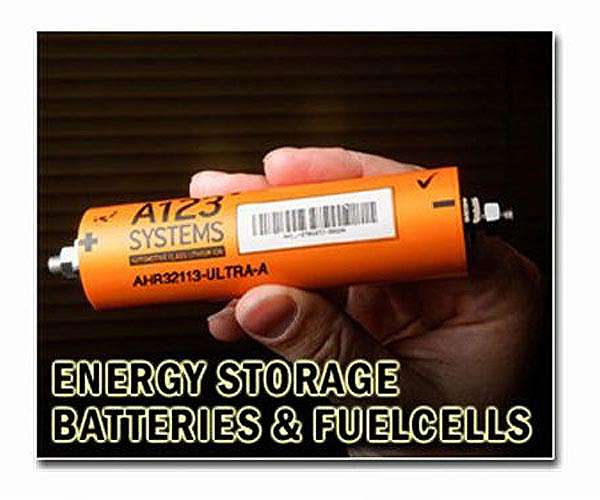EV -battery recycling key to future lithium supplies
Lightweight, powerful lithium ion batteries are crucial for the transition to electric vehicles, and the global demand for lithium will grow rapidly over the next 25 years. A new analysis from the University of California, Davis, published on 29 May in the sustainability of nature, looks at how new mining activities and battery recycling can meet that demand. Recycling could play a major role in alleviating the supply restrictions, the researchers thought.
“Batteries are a huge new source of demand for lithium,” said Alissa Kendall, the Ray B. Krone presented Professor of Environmental Technology to UC Davis and senior author on the newspaper.
Lithium is a relatively common mineral and until about 10 years ago the demand was relatively small and stable, with a small number of mines that supply the world offer, Kendall said. The global demand for lithium has risen dramatically – just 30% between 2022 and 2023 – while the acceptance of electric vehicles continues.
“Governments must know where lithium will come from and if we get on,” she said.
Earlier research has focused on predicting cumulative demand in the next 30 years compared to what is known as in the ground, said student Pablo Busch, first author on the newspaper. But opening a new lithium mine is a potentially billion dollar investment that could take 10 to 15 years to start production, he said. New mining proposals can be delayed or canceled by environmental rules and local opposition.
“It’s not just about enough lithium, it’s how fast you can extract it,” said Busch. “Any disruption of the delivery will delay the acceptance of electric vehicles, reduce the access of mobility and extend the operation of combustion motor vehicles and the associated carbon emissions.”
There are three main sources of usable lithium, in order of convenience of extraction: Zilo Water from deep underground; rocks; and sedimentary clay. Half of the world’s lithium is currently from Australia, where it is usually mined from rock. Parts of South America and the United States have lithium-rich brine in geothermal areas and oil fields, and the United States also have lithium-bearing clay.
A fourth source of lithium is from recycling old batteries. This is still a relatively expensive process compared to mining, said Kendall.
Modeling of supply and demand
Busch and Kendall modeled how the need to open new lithium mines would change over time under different demand scenarios. They predict that under the much -needed scenario no less than 85 new and extra lithium deposits must be opened by 2050. But this can be dramatically reduced to only 15 new mines, by policy that pushes the market to smaller batteries and extensive global recycling.
Battery recycling has an extraordinary effect on the market, the researchers said.
“Recycling is really important to geopolitical and ecological reasons,” said Kendall. “If you can meet a small percentage of demand with recycling, this can have a major impact on the need for new mines.”
Timing is everything. Some new mines have to open to create a stream of lithium that can be recycled. Depending on the question scenario, Recycling would make the biggest difference around 2035.
Efficiency standards for electric cars and improvements on the public charging network to reduce “reach” can also moderate the lithium demand of the lithium by encouraging smaller cars.
Extra authors are Yunzhu Chen and Prosper Ogbonna, both at UC Davis. The work was funded by subsidies from the Heising-Simons Foundation and the ClimateWorks Foundation.
Research report:Effects of question and recycling on the when and where of lithium extraction

